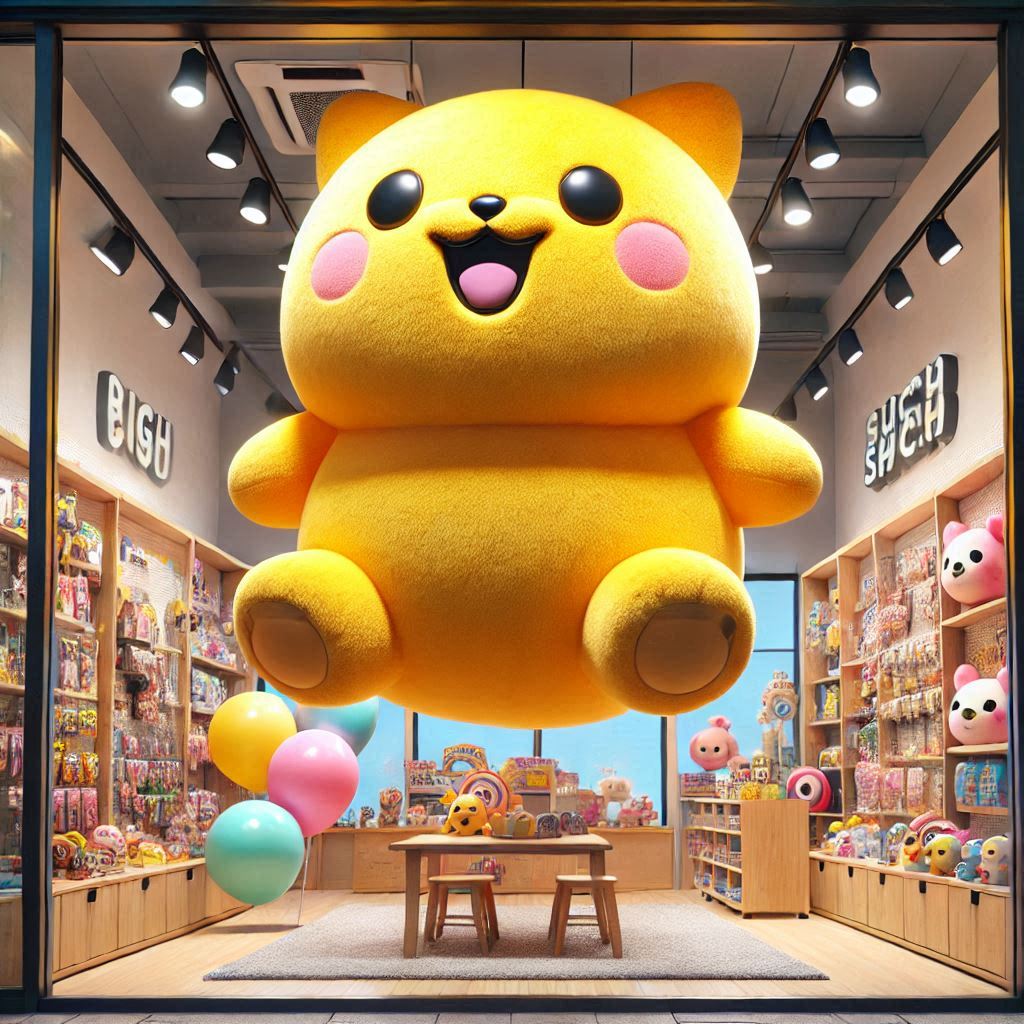Xanthophobia
Fear of the Color Yellow
Jump to the Article

Xanthophobia, the fear of the color yellow, is indeed a recognized phobia, though not as common as some others. While the DSM-5-TR doesn't list it specifically, it falls under the broader category of "specific phobias," which encompass intense and irrational fears of particular objects or situations. Imagine a world where the sight of a beaufitul golden delicious apple becomes a terrifying experience, where the cheerful glow of a daffodil triggers a wave of panic. The innocent hue of yellow, once a symbol of joy, now casts a long, ominous shadow, turning everyday life into a constant game of chromatic avoidance.
The Sunny Side of Yellow: Exploring the Cheerful Hues and the Challenges of Xanthophobia
Yellow, a vibrant and energetic color, evokes many positive associations. From the warmth of sunshine to the joy of springtime blooms, yellow permeates our lives with a cheerful glow. Perhaps the most prominent association with yellow is sunshine. The sun's radiant warmth, essential for life on Earth, is undeniably linked to this bright hue. Yellow, therefore, often symbolizes happiness, joy, and optimism. It's a color that instantly uplifts our spirits and brightens our moods.
In nature, yellow is abundant and diverse. Daffodils and sunflowers, with their vibrant yellow petals, are iconic symbols of spring and summer. These cheerful blooms bring a sense of renewal and vitality to the landscape.
Beyond its natural beauty, yellow has cultural significance in many societies. In some cultures, it is associated with wisdom and intelligence, while in others, it symbolizes wealth and prosperity.
In art and design, yellow is often used to grab attention. Its vibrant nature makes it a popular choice for advertising and branding. In art, yellow can evoke a sense of energy, movement, and creativity.
From the golden glow of a sunset to the cheerful smile of a sunflower, yellow infuses our world with warmth and positivity. It's a color that reminds us to embrace joy, find optimism, and appreciate the simple beauty of life.
However, for some individuals, the color yellow can be a source of significant anxiety. Xanthophobia, the fear of the color yellow, is a specific phobia, an intense and irrational fear of a particular object or situation. While less common than other phobias, it can significantly impact a person's life.
Phobias of specific colors, like xanthophobia, can arise from various factors. Traumatic experiences associated with the color, such as a car accident involving a yellow vehicle, can trigger a conditioned fear response. Observational learning, where an individual witnesses another person's intense fear of the color, can also contribute to developing the phobia. Additionally, pre-existing anxiety disorders can increase the likelihood of developing color phobias.
The development of a phobia often involves a complex interplay of genetic, environmental, and psychological factors. Genetic predisposition can make some individuals more susceptible to anxiety disorders, which can increase the risk of developing specific phobias. Environmental factors, such as traumatic experiences or exposure to distressing situations, can trigger the onset of the phobia. Psychological factors, such as cognitive biases and learned helplessness, can further perpetuate the fear and avoidance behaviors associated with the phobia.
Coping with xanthophobia typically involves a multi-faceted approach. Psychotherapy, such as cognitive-behavioral therapy (CBT), is often effective in addressing the underlying cognitive distortions and fear-related behaviors. Exposure therapy, a gradual and controlled exposure to the feared stimulus, can help individuals desensitize themselves to the color yellow. In some cases, medication may be used to manage anxiety symptoms during treatment.
Yellow holds a variety of symbolic and cultural associations. Yellow is associated with joy, happiness, and optimism in many cultures. It is often seen as a cheerful and vibrant color, symbolizing sunshine and warmth. However, yellow also carries some darker connotations. In some contexts, yellow can be associated with cowardice, betrayal, and sickness. For example, the term "yellow-bellied" is often used to describe someone who is cowardly or lacking courage.
While the fear of the color yellow may seem unusual, it is a real and distressing condition for those who experience it. Understanding the origins and development of xanthophobia, as well as available treatment options, can be crucial for helping individuals overcome this phobia and improve their quality of life.
Sources
- "Weird Phobias" - The Recovery Village. Accessed December 27, 2024.
- "Xanthophobia (Fear of the Color Yellow): What You Need to Know" by Wendy Wisner. VeryWellMind.com. Accessed December 27, 2024.
- "Chromophobia (Fear of Colors)" - Cleveland Clinic. Accessed December 27, 2024.
- "What To Know About Xanthophobia" - Better Help. Accessed December 27, 2024.
- "How Color Can Boost Your Well-being - Yellow" - HCA: Holland Colors. Accessed December 27, 2024.
- "How the Color Yellow Can Create an Optimistic Space" - Dunn Edwards Paints. Accessed December 27, 2024.
- "Daffodil: Fun Facts You Need to Know" - Gardenia.net. Accessed December 27, 2024.
- "Cultural and Religious Implications of Color" - Pavilion.Accessed December 27, 2024.
- "What Does the Color Yellow Mean Within Art" - Zen Art Supplies. Accessed December 27, 2024.
